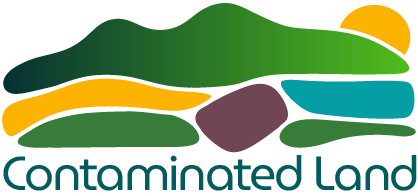Phytoremediation refers to the use of plants and their associated microorganisms to stabilise, extract, or reduce contaminants in various environmental media, such as soil, sediment, and water. It includes several subtypes: phytoextraction for removing metals or organics into plant biomass; phytodegradation and rhizodegradation for breaking down contaminants; rhizofiltration for removing pollutants from water using plant roots; phytostabilisation to immobilise contaminants in soils; and phytovolatilisation, where pollutants are transformed and released into the air. These processes can also support site reuse, ecosystem restoration, and biomass generation for energy or material applications.
This remediation strategy is favoured for large, soft-use sites where contamination is diffuse and not immediately hazardous. It is considered a “gentle” and sustainable solution, requiring low input and offering long-term risk management. Phytoremediation is particularly suitable where soil functionality and ecological services are to be preserved or restored, such as in agricultural land, parks, or marginal lands. However, it is not ideal for sites needing rapid redevelopment, heavily built-up areas, or where regulations require rapid reductions in total contaminant levels.
The advantages of phytoremediation include its potential for biomass recovery, sustainability benefits, low carbon intensity, and long-term containment or breakdown of both organic and inorganic pollutants. It can manage a wide range of contaminants, including PAHs, PCBs, pesticides, PFAS, and heavy metals. Yet, limitations include its confinement to the rooting zone, seasonal dependency, the need for long-term site management, and challenges with biomass reuse due to contaminant content. Additionally, regulatory concerns may arise around pollutant volatilisation and ecological impacts from non-native species.
Implementation requires appropriate site access, security, and environmental monitoring. The method aligns well with other remediation approaches such as in situ stabilisation and bioremediation. Although genetically modified plants offer promising enhancements, their use is currently hindered by public and political opposition. Overall, phytoremediation offers a flexible, ecologically conscious option for risk management and land restoration, especially where long-term environmental and social benefits are prioritised.


